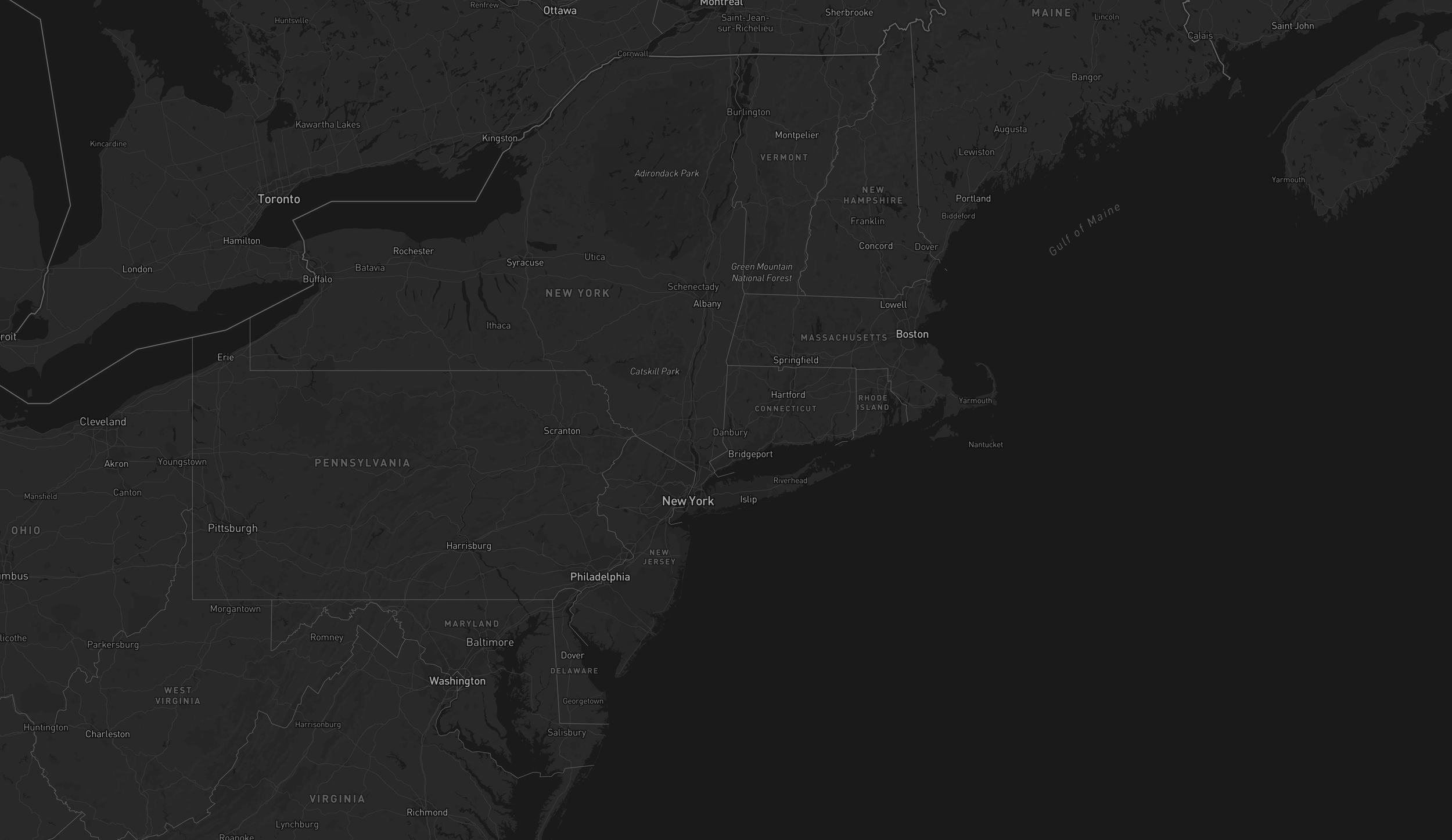This paper investigates COVID-19 transmission risks among New York counties in the early stages of the pandemic. It makes two key contributions: first, assessing outbreak severity in different counties using public COVID-19 case data, identifying Queens, Kings, Westchester, Nassau, Bronx, Suffolk, and New York as severely affected areas. Second, by analyzing transportation commuting data, it evaluates potential disease spreading risks. Major spreaders include Queens, Kings, Westchester, New York, and Monroe due to high-volume, bi-directional commuting patterns. Counties like Saratoga and Oneida spread fewer outgoing cases, while Suffolk and Bronx are more affected by incoming cases. Counties with low inter-county commutes are considered "community spreaders," with mid-level severity seen in Rockland, Richmond, Essex, and Orange. The study underscores the need to monitor counties with low severity scores but significant transportation connections, such as Monroe, Saratoga, and Oneida, which could become future outbreak centers.





